How Lang Antiques Gave This Edwardian Diamond Tiara a Makeover
Lang Antique and Estate Jewelry explains what went into restoring this natural diamond tiara to its original shining glory.
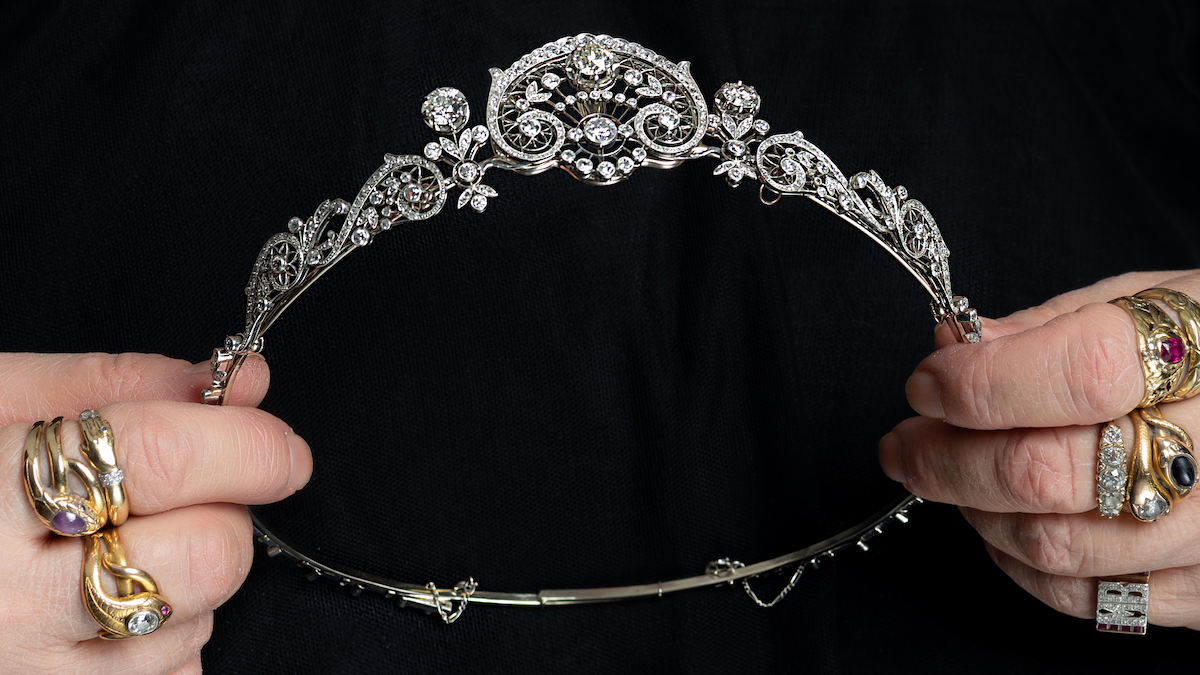
“It’s just so special to see a tiara like this one… That’s why we sent it to you! You really had to see it in person,” says Suzanne Martinez, co-owner of Lang Antique and Estate Jewelry in San Francisco, explaining why the rare Edwardian diamond tiara that I am clutching in my greedy hands was shipped to Manhattan. It’s a few days before Christmas, and I am discussing the restoration of this rare bird with Suzanne over Zoom. (Could the Edwardian lady who wore this treasure over 100 years ago ever have imagined such a thing would be possible?)
This beautiful diamond tiara—which, full disclosure, can also transform into a necklace—was not exactly in perfect shape when it came into Lang’s possession, though you would never guess that now. Every one of its flourishes gleams and glows: its foliates, its delicate curves, the lacy spires like little rays reaching up to diamond suns. You’d never know that when the shop first received it, it had two gaping holes where a pair of its largest stones went missing; somewhere along the way, they were removed by a heartless non-tiara-loving person, maybe to become prosaic stud earrings.
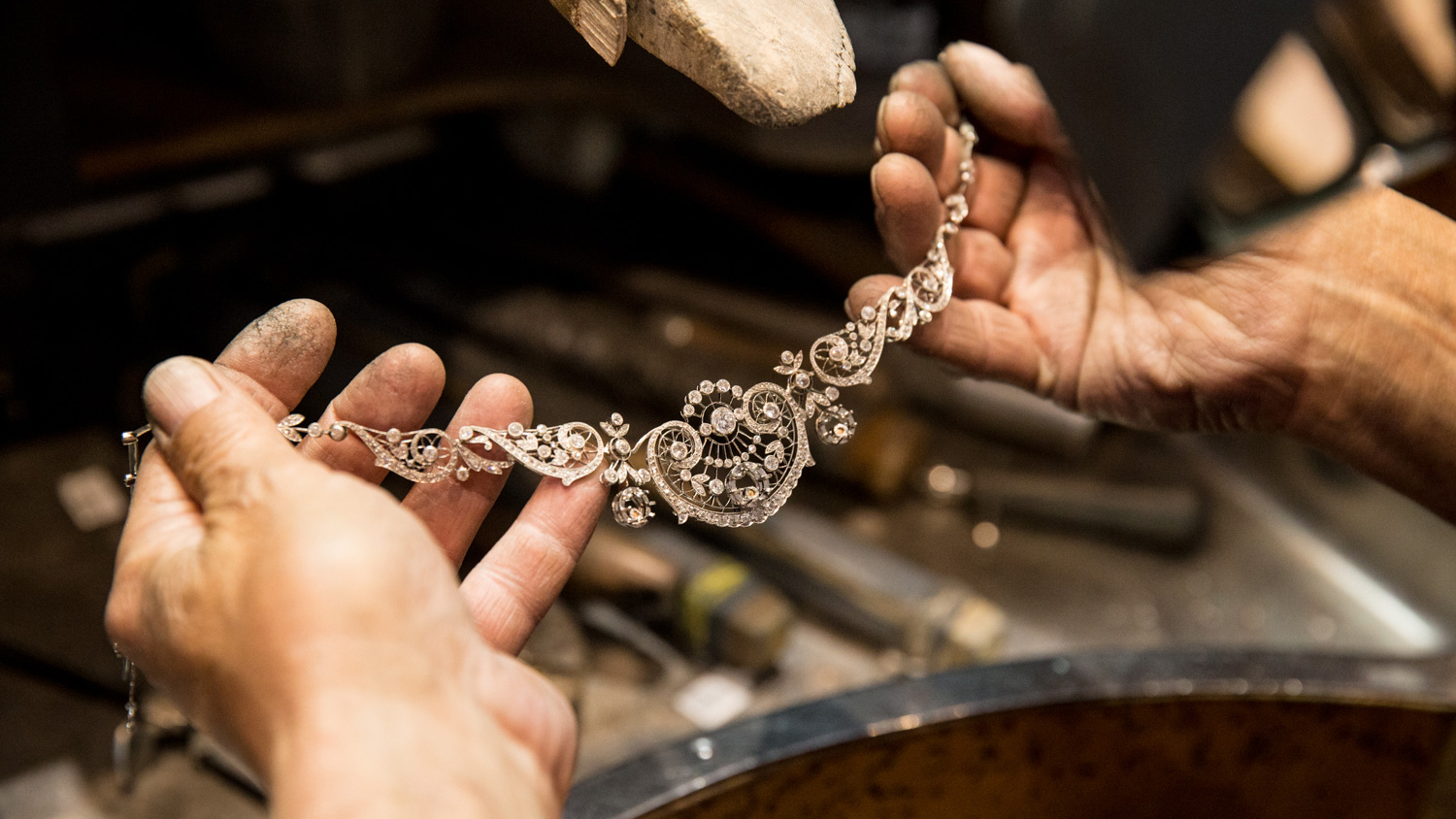
“A lot of people just do not understand a beautiful piece of old jewelry,” Martinez sighs. “Our cutter says he has to recut old European diamonds all the time because that’s what the client wants. It breaks my heart. Well, that’s what happened with this tiara. Sourcing the perfect diamonds to replace the missing ones was the hardest part, because they had to match the same color and clarity range as the other large diamonds, and they had to be cut in the same period. Everything had to be perfect for it to work.”
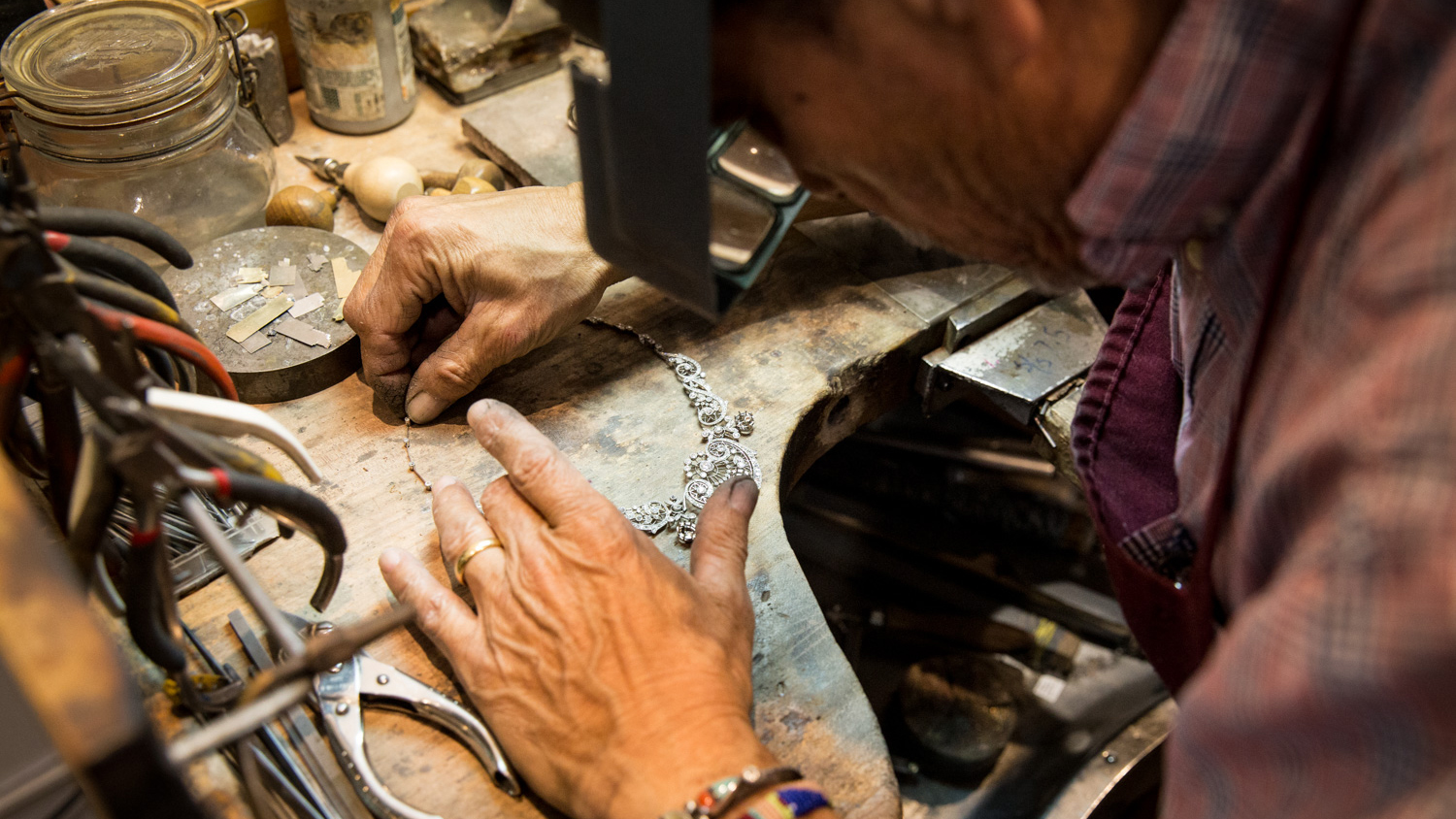
The diamonds still extant in the piece had to be cross-examined as well. “We took them out of the mountings because we get GIA reports on everything. We are very particular about the condition; we go through all of our jewelry with a microscope,” says Martinez.
As with other one-of-a-kind works of art, there were features specific to this wonderful creation. Martinez explains that since the tiara comes off its frame to convert into a necklace, “we had to make sure we could put it back together; the frame must line up perfectly with all those little places where it fits into the tiara. It was hard because a tiara frame gets out of shape very easily. By the time we got it, it didn’t line up, so it was kind of tricky to get the top and the bottom to marry again.”
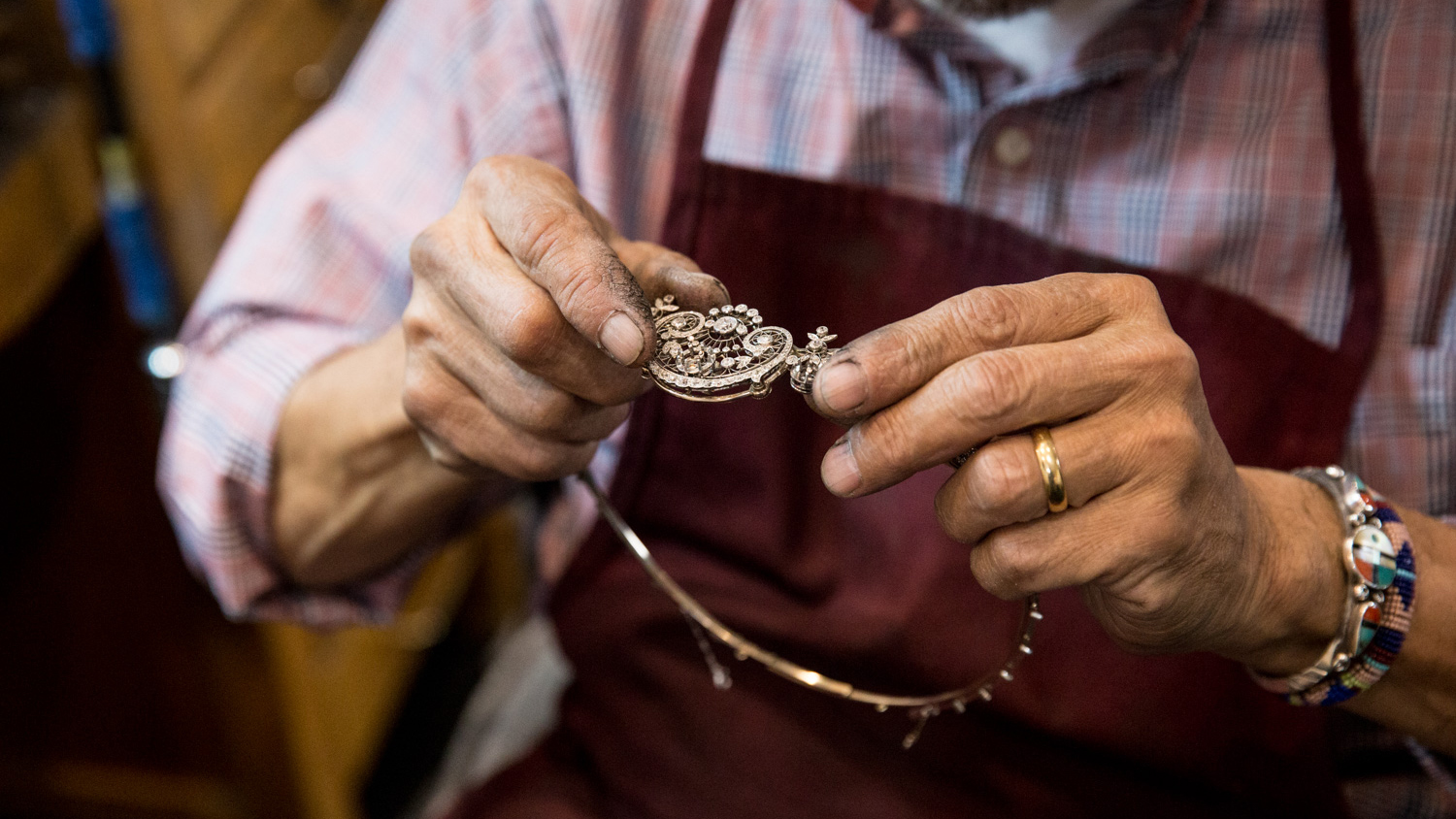
The frame itself divulged secrets of the history of the piece. “This frame was made later,” Suzanne declares. “The original frame was probably lost, and the reason I say that is, this one is 14 karat white gold, and they weren’t using 14 karat white gold in the Edwardian era. It would have been yellow gold wrapped with a velvet ribbon in brown or burgundy to blend with the hair. That’s forensic gemology: we know that 14 karat wasn’t used at that time. That’s why you have to do your forensics!”
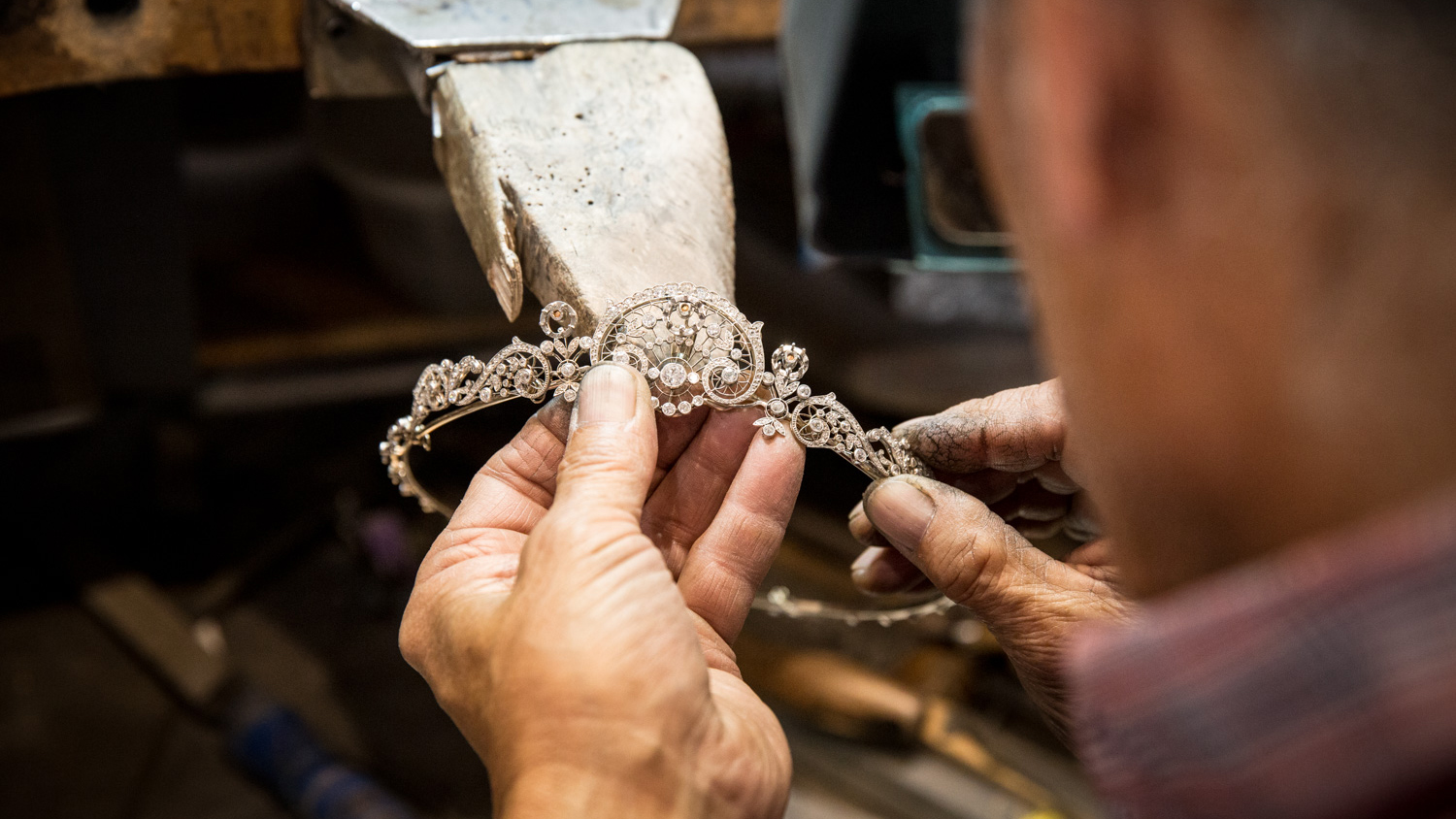
If you are wondering who is desperate to own his or her very own diamond tiara these days, Suzanne assures me that at Lang they only see one or two headpieces a year, and there is always a waiting list. And of course, it remains an incredible accessory (Try wearing one to your next party!), but in its heyday, it also connoted rank and status.
“Diamond tiaras started being worn in the 19th century,” Suzanne says. “They were a huge status symbol. It was a way of saying, my status and my wealth are in my tiara. It had to do with Napoleon and Josephine—everyone wanted to emulate them. At first, only royalty wore a tiara, and if you went to a royal event, a wedding or whatever, you had to wear a tiara. And it couldn’t be the same tiara you wore at the last event! Tiaras were a whole culture in themselves.”
But with new wealth, people weren’t bound by those traditions. More and more, tiaras were, well, just plain fun. By the 1920s, colored stones were popping up in tiaras, along with design innovations—diamond stars, for instance, might screw off to become a hairpin or a brooch.
Cherishing all this good news, these days I can wear the same diamond tiara over and over and no one will care (!). Maybe I can find one that will magically shape-shift into a brooch, a necklace or even earrings! …It takes me a minute to snap back to harsh reality.
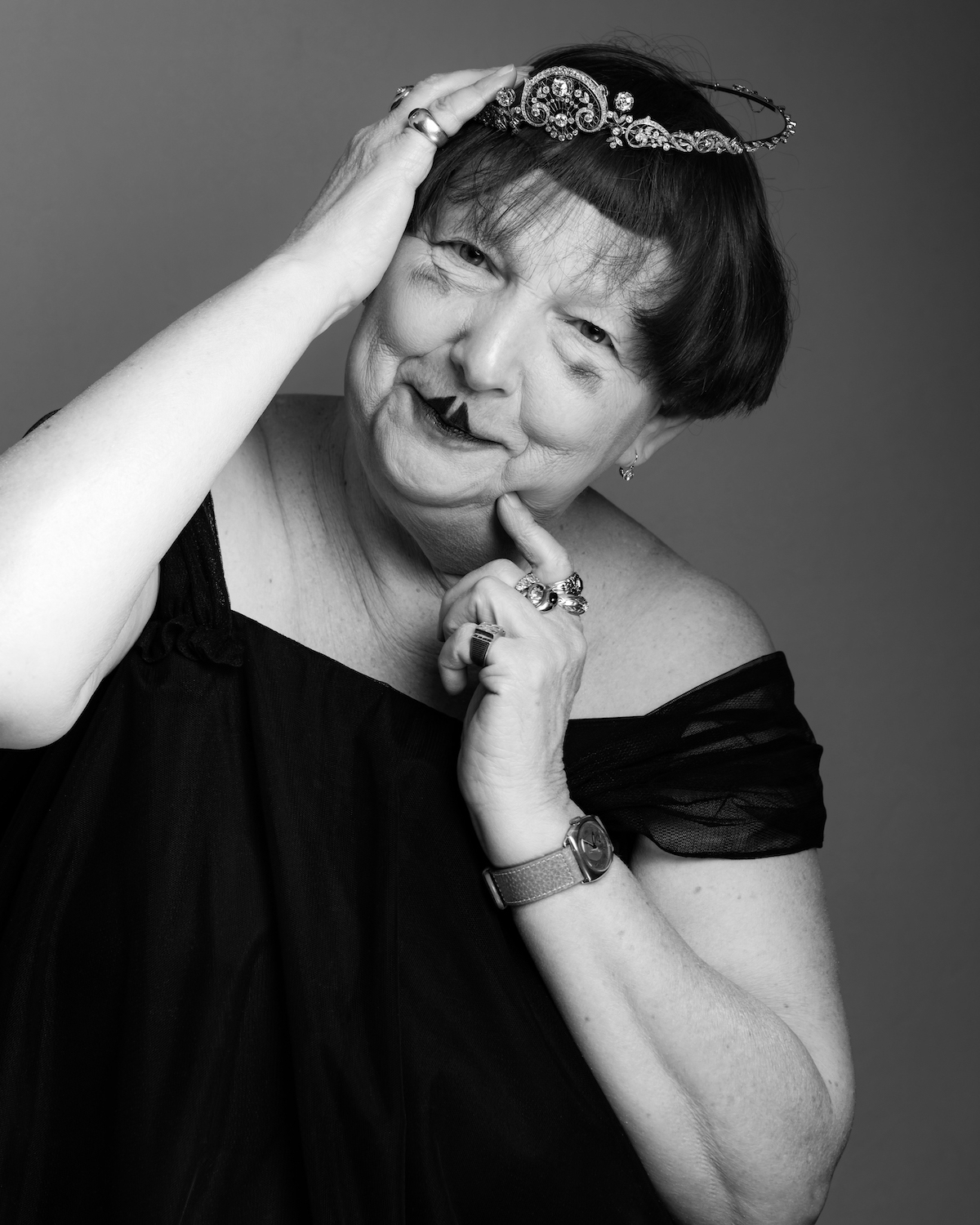
Tomorrow, this darling will find itself packed up in a FedEx box ready to wing its way back to California, and I will greet the New Year with sparkling high spirits, but alas no dazzling diamond diadem dancing upon my 21st-century head.
